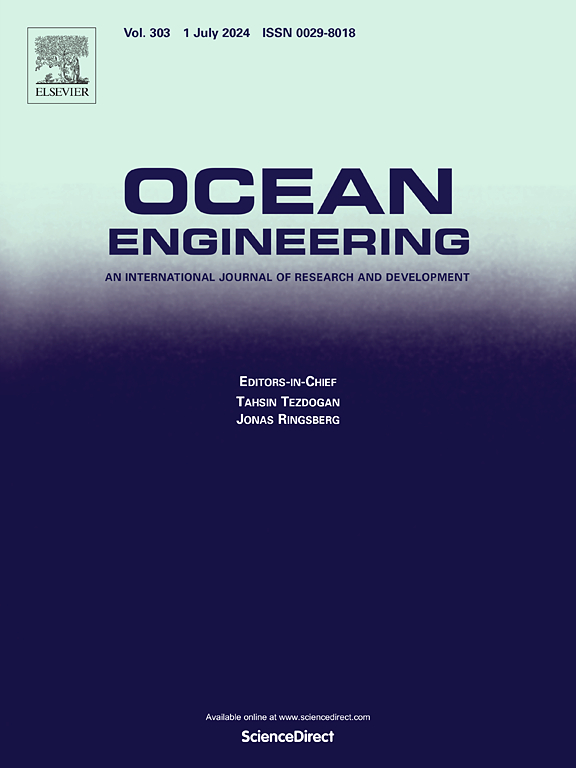利用人工神经网络预测海滩岸线波浪设置
IF 4.6
2区 工程技术
Q1 ENGINEERING, CIVIL
引用次数: 0
摘要
本研究探讨了人工神经网络(ann)在海岸洪水风险评估和基础设施设计中的关键参数—海岸线波浪设置预测中的应用。一个包含772个现场观测数据的数据集,是海岸线波浪设置预测的最大数据集,用于训练、验证和测试两个不同的模型。ANN模型1将深水波高、深水波长和海滩前岸坡度作为输入变量。ANN模型2包括这些变量以及中值粒度。这两个模型都是通过前馈架构开发的,通过反向传播进行训练,并通过Optuna框架对超参数进行优化。结果表明,人工神经网络模型在预测精度和通用性方面明显优于传统经验公式。进一步的分析表明,该模型在不同的海滩状态下表现稳健,对中间和反射海滩具有特别显著的优势。将中位数粒度作为输入变量,增强了模型在所有沉积物类型中的性能,在中至粗沙滩上观察到显著的增益。总体而言,本研究为岸线波浪设置预测提供了可靠的工具,从而有助于海岸管理和工程应用。本文章由计算机程序翻译,如有差异,请以英文原文为准。

Prediction of shoreline wave setup on beaches using artificial neural networks
This study explores the application of artificial neural networks (ANNs) for predicting shoreline wave setup, a critical parameter in coastal flood risk assessment and infrastructure design. A dataset comprising 772 field observations, the largest dataset available for shoreline wave setup prediction, was used to train, validate and test two distinct models. ANN model 1 incorporates the deep-water wave height, deep-water wavelength and beach foreshore slope as input variables. ANN model 2 includes these variables as well as the median grain size. Both models were developed by using feedforward architectures, with training performed through backpropagation and hyperparameters optimized via the Optuna framework. The results demonstrate that the ANN models significantly outperform traditional empirical formulas in terms of predictive accuracy and generalizability. Further analysis reveals that the models perform robustly across different beach states, with particularly notable advantages for intermediate and reflective beaches. The incorporation of the median grain size as an input variable enhances the model performance across all sediment types, with substantial gains observed on medium to coarse sand beaches. Overall, this study offers reliable tools for shoreline wave setup prediction, thus contributing to coastal management and engineering applications.
求助全文
通过发布文献求助,成功后即可免费获取论文全文。
去求助
来源期刊

Ocean Engineering
工程技术-工程:大洋
CiteScore
7.30
自引率
34.00%
发文量
2379
审稿时长
8.1 months
期刊介绍:
Ocean Engineering provides a medium for the publication of original research and development work in the field of ocean engineering. Ocean Engineering seeks papers in the following topics.
 求助内容:
求助内容: 应助结果提醒方式:
应助结果提醒方式:


